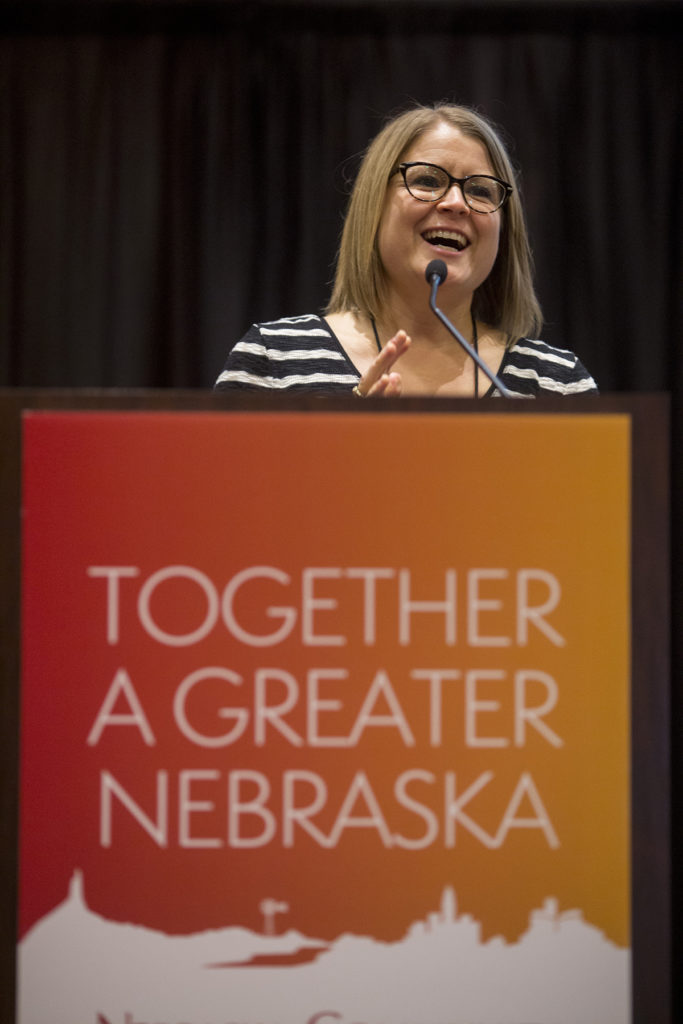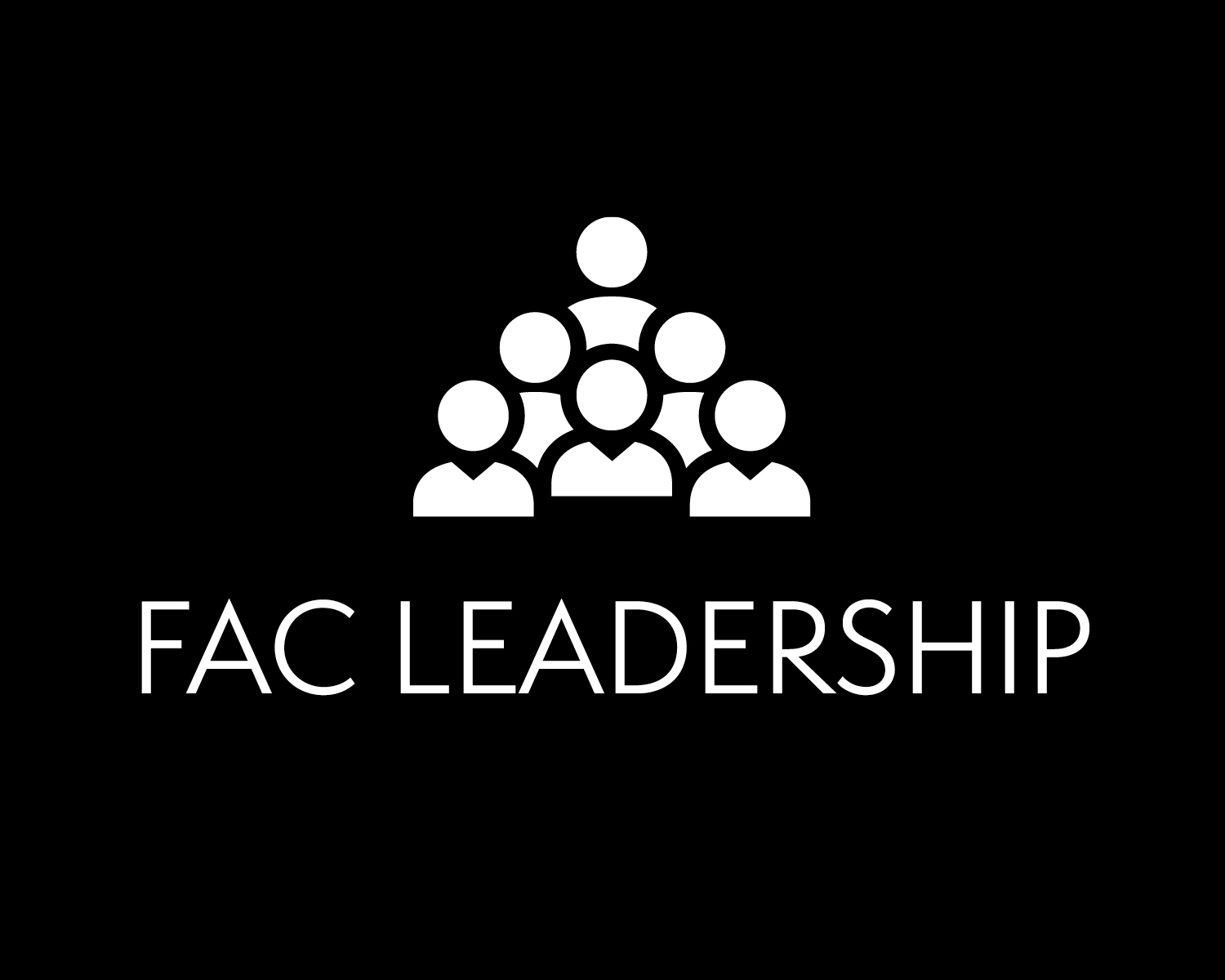
Nebraska: The Good Life. This state highway sign slogan sticks in my head as a good descriptor of the place I call home. People attribute this “good life” to a variety of factors—a slower pace, strong schools, friendly communities, open spaces, neighbors helping neighbors, and hardworking, humble citizens. The future success of Nebraska depends on perpetuating this good life for generations to come.
So how do we sustain the good life we all know and love? One of the best ways is to create a culture of giving in our communities.
A culture of giving is one in which giving back and engaging in the community is a habit, an expectation, and a way of life. A culture of giving is rife with opportunities to participate, build relationships, and create a network to support our community life together.
In communities with active cultures of giving, there are many ways to give and participate. People are aware of these opportunities and the needs behind them and have ways to get connected and involved. A giving environment increases the likelihood that community members will use their time, talent, and treasure to support local organizations, businesses, and efforts. This creates a higher quality of life and a promising future.
People in giving communities understand the value of working together and connecting resources and assets for the greater good. They are more inclined to participate in community life and encourage others to do the same. Seeing others engaging in community activities helps people understand what is possible and they are more likely to get involved. People join in community life and give back when the culture supports and encourages this behavior.
Across Nebraska, we hear about aging populations, people shortages that leave jobs unfilled, and young people moving away. A culture of giving creates an environment people want to be a part of and can mitigate many of these worries. People are attracted to places with high levels of community engagement and support. A culture of giving creates this. It’s is good for economic development, population growth, and diversity—all of which contribute to long-term success.
These communities understand and promote the idea that anything is possible if we work together and share our gifts. They have a palpable vibe of positivity that creates a noticeable undercurrent of hope. They have stronger nonprofits, amenities, and services that enhance the quality of life for all residents. That is appealing to people and becomes a draw. In an era where technology has made it possible to live and work almost anywhere, this atmosphere can increase the number of families moving back home.
Communities that recognize the value of creating a culture of giving can do several things to enhance this attitude of generosity and community engagement.
One way is to celebrate giving and to draw attention to how people share their time, talent, and treasure. This creates awareness about the positive aspects of participating in the community and communicates that giving back is a priority. Celebrating giving can build a brighter future for the people who live and work there. It demonstrates that contributing to the greater good is important, which can begin to shift the collective mindset.
Communities can also recognize people who serve as volunteers, fundraisers, mentors, and board members. People connect with stories and are inspired by examples of people giving back. They experience the joy of giving and its impact by seeing what others are doing. Many people want to be involved, but don’t know how or where to begin—or they think they do not have what it takes and cannot see how they can make a difference. They may not realize that there are people just like them volunteering, raising money, and sharing their gifts.
Seeing examples of how people contribute their time, talent, and treasure can activate a desire in others to do something similar and give them ideas about how to get involved. Appreciating people for sharing their gifts showcases what is possible, helps solidify community relationships with those givers, and creates social capital and goodwill for future community work.
Providing easy access to information about nonprofits, community projects, and opportunities to get involved also contributes to a culture of giving. Once people begin to see that giving is important to the community, they will consider participating. Communities must find ways to make participation easy for people through accessible information.
Finally, helping youth learn about philanthropy can ensure that future generations continue to share their time, talent, and treasure. Adults may talk a good game about having youth involved, but we rarely genuinely engage them in our communities. If we do actually invite them to participate, we either fail to let them implement their ideas or we don’t give them the support and resources to do it.
Communities interested in creating a culture of giving must find meaningful ways to engage and support youth. They can host youth visioning sessions, create a youth leadership council, or develop positions on boards, advisory committees, or project teams for youth representatives. Whatever communities do to include young people in making a difference, it should create a lasting connection to the community and is meaningful, engaging, and supported.
Changing the culture of giving in a community is more of a marathon than a sprint. It evolves over time through celebrating giving, recognizing givers, inviting people to participate, and engaging the next generation. Creating a culture of giving will positively impact a community’s ability to survive the unexpected and to flourish in the future, ensuring that The Good Life is here to stay.
***
Tammy Day, Norfolk. Tammy and her husband Brandon own and operate Daycos Inc., which provides revenue management for transportation service providers across the country. Tammy’s work focuses on Daycos4Good, which uses the business as a force for good in the world. She is a member of the Norfolk Public Schools Board of Education and is active in the Connie Fund, Stand for Schools, and Women’s Network of Nebraska.


